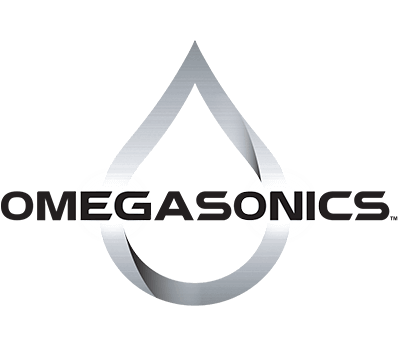Cross-contamination is something that every pharmaceutical company should have on their mind. If not because of the potential implications to patients should it occur, then because the FDA is very interested in making sure that cross-contamination does not happen.
They are focusing their efforts in the area of establishing cleaning protocols and validation. An ultrasonic cleaner can be an incredibly efficient and cost-effective way to ensure that all of your pharmaceutical equipment is up to the highest of cleanliness standards.
The Difficulty with Equipment
Pharmaceutical equipment is complex. The equipment itself is made of very intricate components making removal of debris difficult. This becomes a concern between batches of medications made, as there may be residual contamination left over from a previous batch. This contamination can completely ruin an entire batch of drugs by throwing off chemical levels or cleanliness standards.
To make the problem more complicated, the equipment can be made of parts that have odd shapes and very small, intricate surfaces. This can make cleaning off residual contamination difficult.
Hand Cleaning Only Goes So Far
Sure, you can take the time to clean these parts by hand, but at what cost? Firsthand cleaning is a very time and labor intensive process. You may need to hire an entire department whose sole job is to keep the equipment clean.
Then there is the down time between batches. Since batch-to-batch contamination can be a concern, cleaning between production runs is necessary. That means down-time while the cleaning is done, and no money is made when the machines aren’t running.
Finally, there is the human element with hand cleaning. How can you be sure that all of the contaminants have been removed? Humans can make errors, and those errors could prove very costly to you in the long run.
Ultrasonic Cleaners are a Better Way
The beauty of ultrasonic cleaners is that they can eliminate all of the issues associated with hand cleaning. Part-geometry is not of any concern to an ultrasonic cleaner. The cleaning is done in a bath where the parts are completely submerged. Tiny bubbles are created by the cleaner that collide with any leftover contaminants. It breaks these particles up and carries them away from the surface of the equipment.
These tiny bubbles can also get into the very cracks and crevices that hand cleaning may not be able to reach. Precision tubing and piping equipment are as easy to clean with an ultrasonic cleaner as are large trays or tubing. Geometry of the part doesn’t matter because the solution and ultrasonic cavitation is doing all the work.
Finally, ultrasonic cleaners get the job done fast. A presoak, cleaning cycle, rinse and dry can reduce the labor needed to clean parts by an order of magnitude, and the quality of the cleaning will be much higher than if it were done by hand.

